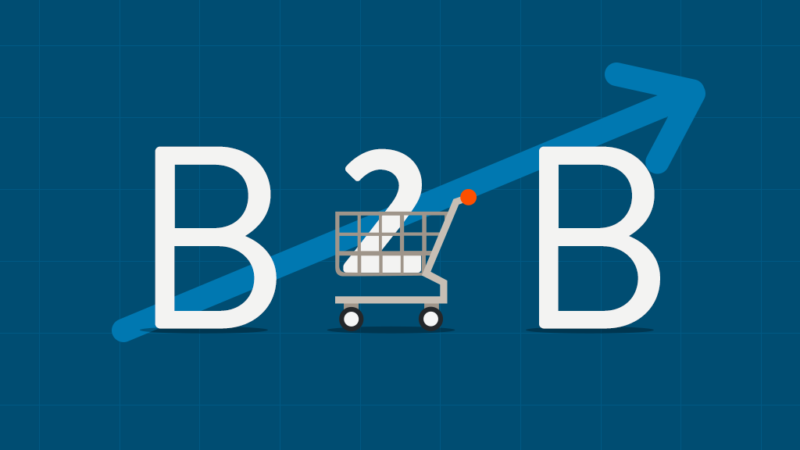How did mobile devices lead to a revolution in the B2B sector?
In the past, direct interpersonal relationships have been a standard way of getting business contacts. Admittedly, there were occasions to establish cooperation by phone, although the human factor still played a significant role. The situation has changed significantly as a result of dynamic technological development.
It can be said that the expectations of contractors have turned 180 degrees. At present, business customers require more from interaction with sales representatives in the early stages of negotiations. They require in-depth attention known to them from other purchasing processes. And rightly so!
Mobile technologies are selling better
Google joined forces with The Boston Consulting Group to see how much impact the mobile market has on the realities of the B2B sector. Interactions carried out by mobile devices turned out to generate on average over 40% of revenues in leading organizations. Interestingly, the rule described applies more to enterprises that focus more on trade than marketing activities.
Mobile drivers, or influences, an average of over 40% of revenue in leading B2B organizations.
Who are the users of mobile devices?
Consumers are now comparing your options to the best digital experience they’ve ever experienced. Thus, mobile devices also play an important role in the B2B sector. According to statistics, as much as 50% of business queries come from smartphones and tablets. The Boston Consulting Group predicts that by 2020 the scale of this phenomenon will be 70%. However, it should be remembered that these data come from the US market.
However, business customers use technology at every step. They use mobile technologies to work, and also perform many tasks simultaneously using several screens. Employees are no longer attached to the desk. Instead, they are increasingly working from home. In addition, mobile technologies enable them to remain productive during business trips.
How to improve cooperation with business clients?
Customers from the B2B sector are also devoting more and more time to the use of mobile technology. Currently, research shows that they spend two hours in front of the display. Statistics in this matter are significantly overstated by younger generations of recipients. Forecasts show that by 2020 consumers will use smartphones and tablets for an average of three hours a day.
50% of B2B search queries today are made on smartphones. BCG expects that figure to grow to 70% by 2020.
Increased usage is not just empty statistics. This state of affairs directly translates into business results. BCG revealed that mobile technologies speed up purchasing time, which naturally increases revenues and reduces investment costs. The smartphone can reduce the purchase time by 20%. This state of affairs greatly facilitates decision making and facilitates team collaboration.
The skilful use of mobile technologies increases the level of engagement, which takes the form of search queries, increased website traffic, acquisition of potential customers and conducting transactions. The mobile market is also characterized by a higher customer loyalty rate. Along with positive experiences, loyalty and frequency of repeated purchases increase.
Benefiting from the use of smartphones and tablets requires an appropriate attitude. First of all, mobile technologies should become the basis of business strategy. It is also worth presenting the content in vertical orientation. Thanks to this they look much better on displays. In addition, you must combine your own data with information collected from recipients. The combination of these three factors will increase the effectiveness of operations.
